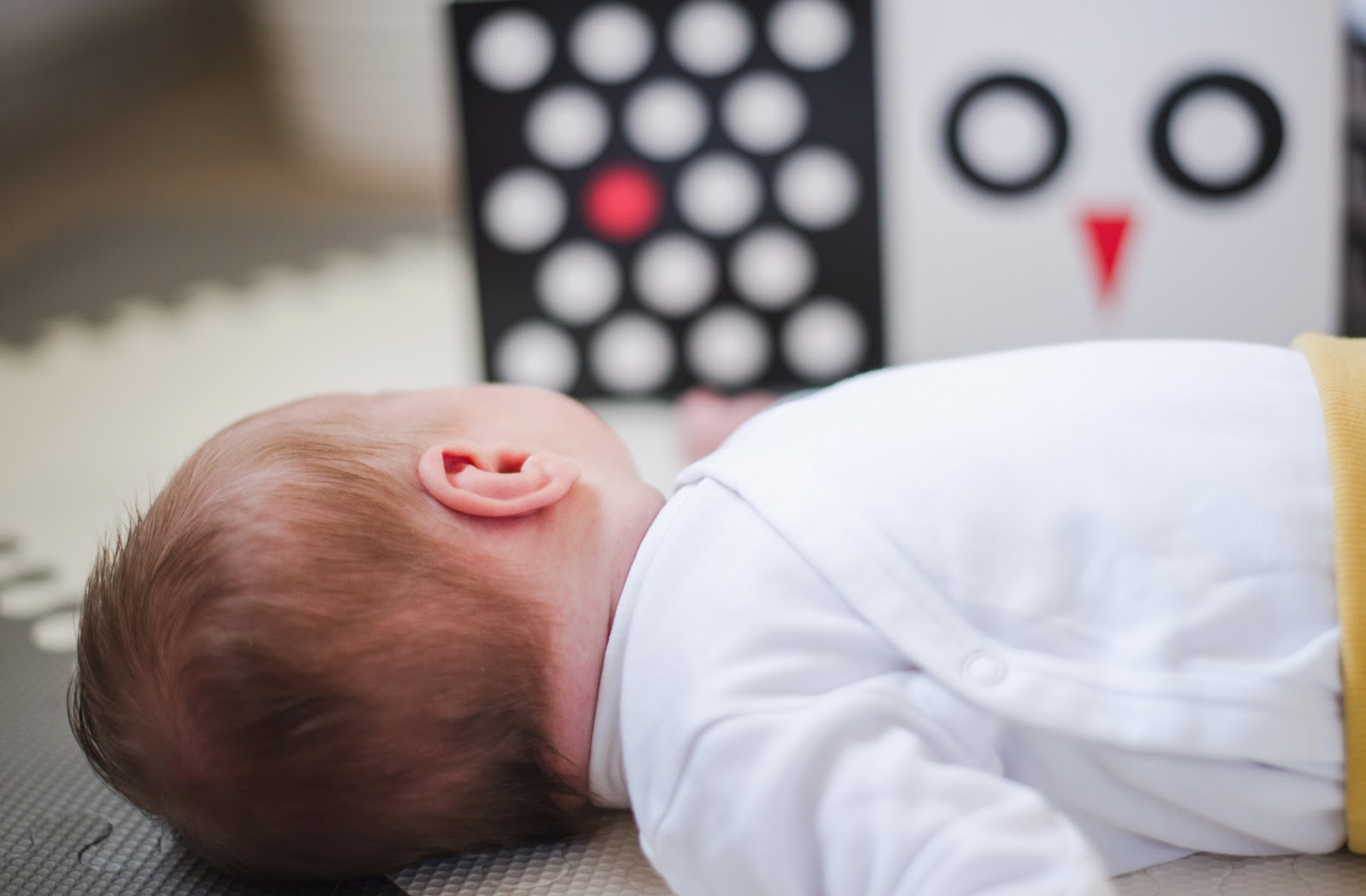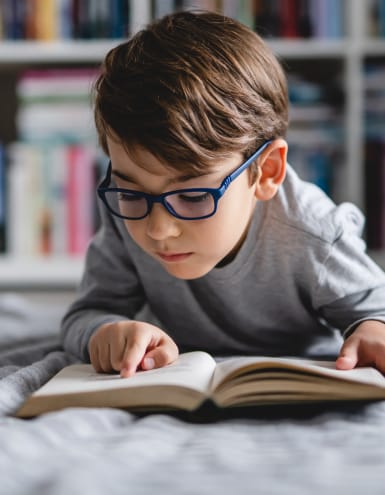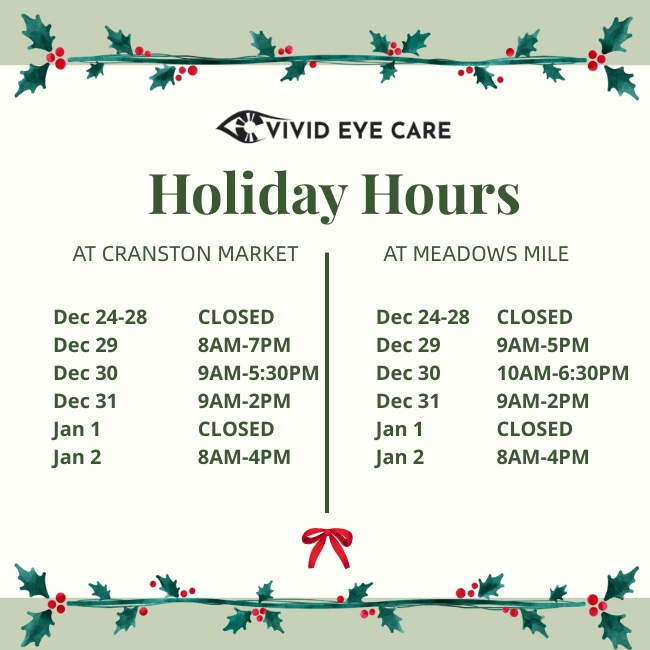Your baby is constantly growing and changing. From taking their first steps to learning their first words, your baby is rapidly developing, and their visual system is no different.
Your child’s visual development is important for their eye health and plays a large role in their mental and physical development. A healthy visual system allows children to properly process and interact with their environment.
To keep your baby’s eyes healthy and to ensure the proper development of their visual system, make sure their eyes are examined regularly.
Infant Eye Exams
As your baby’s visual system develops, there is a high chance that they could encounter a vision problem. In fact, one in four children suffers from vision-related issues by the time they are ready to begin elementary school.
Eye examinations are a necessary step in preventing eye disease and vision problems while ensuring they have limited barriers to success.
When Should Your Baby Get Their First Eye Exam?
We recommended that your child has their first eye examination at 6 months of age, and then once a year, every year until they are 18 years old.
What Happens During A Pediatric Eye Exam?
During a pediatric eye exam, your child’s eye doctor will:
- Test your child’s reflexes
- Test for visual acuity, awareness, and eye teaming
- Evaluate eye alignment to check for common problems such as strabismus and amblyopia
Getting your baby’s eyes examined at an early age is important as many eye alignment concerns begin during the first few years of life. If caught early, some common eye conditions can be prevented through treatment.
Stages of Infant Vision Development
When your baby is born, their visual system isn’t fully developed and will change drastically. We’ve broken down your baby’s first year so you can understand which vision milestones you should watch for.
Of course, this is just a general guideline and it is important to remember that not every child is the same. Some children may reach certain milestones earlier or later than others.
Birth to 4 Months
At birth, babies haven’t developed the ability to clearly tell the difference between two objects. They are also unable to move their eyes between two images.
During this stage, your baby:
- Can only focus on objects that are 8 to 10 inches from their face
- Is developing hand-eye coordination
- Can track moving objects or images with their eyes
It is important to note that during this stage, your baby’s eyes are likely not well coordinated and may appear to be misaligned or crossed. This is normal and usually corrects itself with growth. However, if you are concerned, book an appointment with your child’s eye doctor.
5 to 8 months
After 5 months, you’ll notice that your baby’s control of eye movements and eye-body coordination skills are continuing to improve.
During this stage, your baby:
- Is developing depth perception
- Has good colour vision
As your baby begins to crawl, they will be further developing their eye-hand-foot-body coordination and will continue to benefit from their eyes learning to work together.
9 to 12 Months
As your baby nears the one-year mark, you’ll notice that they are interacting with their environment much more. Their visual system is developed enough so that they can process what is happening around them.
During this stage, your baby:
- Can judge distances and throw things with precision
- Can recognize familiar objects other than faces
What Can You do to Help?
You can do many things to make sure that your baby’s eyes stay healthy and that their vision develops properly. Here are some easy tips and tricks to keep your child on the right track:
- Use dim lighting in your baby’s room, especially at night
- Change the crib’s position frequently
- Keep reach-and-touch toys within the baby’s focus, moving them further as time goes on
- Talk to the baby while walking around the room to persuade them to practice tracking
- Alternate right and left sides with each feeding to broaden their focus beyond on eye
- Give the baby plenty of time to play and explore on the floor
- Encourage your baby to develop visual memory by playing games such as peek-a-boo or hide and seek
Common Signs of Eye & Vision Problems in Babies
Although many vision problems begin in early childhood, serious vision problems in infancy are quite rare. That being said, your child is always at risk for developing vision problems. Here are some common symptoms that you can watch out for:
- Excessive tearing or watery eyes
- Red eyes or eyelids
- Excessive discharge
- Constant eye turning or misalignment
- Extreme sensitivity to light
- Discoloration of the eye, or the appearance of a white pupil
If your child is suffering from any of the above symptoms, it is best to have them seen by their eye doctor for an examination as soon as possible.
Even if your child is not suffering from any symptoms, they still need to have their first examination done around 6 months old.























